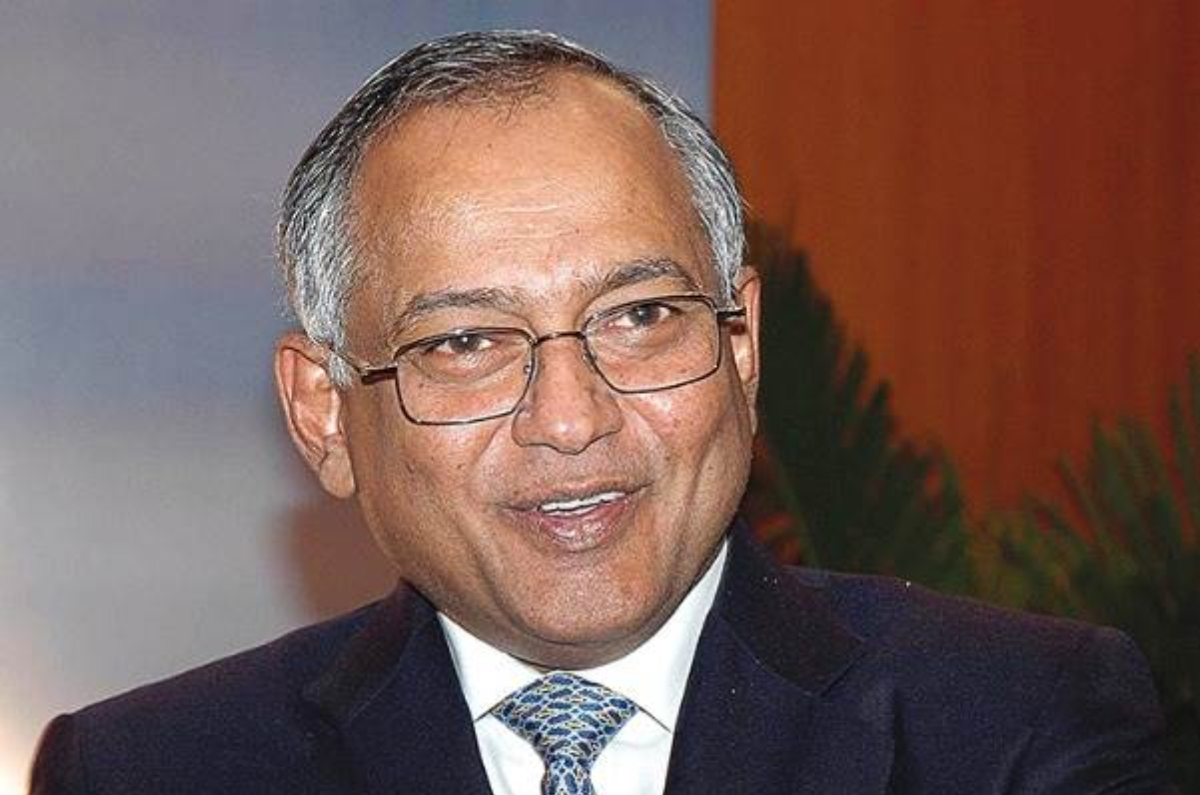
On the first day of our sister publication, Autocar Professional’s Two-Wheeler Virtual Conclave week-long webinar, Venu Srinivasan, Chairman and Managing Director of TVS Motor Co, spoke about a range of topics, both involving the automotive industry as well as the general economic status of the country and the growth outlook.
-
TVS Chairman suggests GST for two-wheelers should be 18-20 percent
-
Recommended an annual target instead of a three to five-year target, for policies
TVS Motor Co’s boss, who is also Chairman of the TVS Group, and former president of Confederation of Indian Industry (CII), spoke on how he thinks India Auto Inc is tackling the current crisis and how he expects the revival story to pan out.
Speaking to Murali Gopalan, Consulting Editor, Autocar Professional, he pointed out, "the economy has bounced back far more quickly than many of us expected, but in terms of growth, it is a mixed bag. There is growth in select segments, urban sales are growing slower while the rural market is growing faster. In the urban market, the premium segment is faring better than commuter.” One of the reasons for the slow offtake of commuter two-wheelers in urban India is that the migrant population is not in a position to spend at present, he remarked.
Urges a relook at GST, M&HCV outlook is worrying
Commenting on the impact of GST on the industry, Mr. Srinivasan said, “Two-wheelers turned revenue-positive with GST. I see green shoots but the growth is patchy. I hope the government takes steps with respect to GST, in the next fiscal year when the economic stress reduces. About 18-20 percent GST would have been the right duty level for two-wheelers. Unfortunately, the two-wheeler segment got the raw end of the deal, as we have been clubbed with cars at 28 percent GST.”
Acknowledging that green shoots of revival are visible in the two-wheeler and passenger vehicle segments, he, however, expressed his concern about the commercial vehicle sector (down 56 percent YoY in the April-September 2020 period), “In the commercial vehicle segment, while small and light duty CVs are faring OK, the medium and HCV segment has a long-term problem. With GST, the waiting at toll gates has gone away resulting in faster turnaround time. There has been an increase in axle loads, which means excess capacity. It will take around 2-3 years more to see growth return (to M&HCVs, currently down 76 percent YoY). Overall, automotive is at a stable volume but I do not see great growth.”
Stable policies vital for future growth
Srinivasan, who is a Padma Shri and Padma Bhushan awardee, is known to have pioneered the TQM (Total Quality Management) concept based on the Japanese model, long before most enterprises in India did. He made a pointed comment that India Auto Inc needs a stable policy regime, if consistent growth is to be achieved.
“Unfortunately, in India, stability in policy is not the case for the auto industry. We have new policies and announcements that affect the equilibrium. For electric mobility to happen, we need a well thought-through policy,” remarked the auto industry veteran.
The TVS Motor chief is of the opinion that the transition from fossil-fuelled vehicles to EVs cannot happen all across the country seamlessly, as there will be pockets where EV charging infrastructure would not have reached, “We need to generate more greener energy to charge batteries. If batteries are not charged by green energy, it defeats the very purpose of EV adoption. Disposal of lithium-ion batteries is another segment to pay attention to.”
Srinivasan suggested that instead of having a three to five-year target for policies, there is a need for “a target for every year.” Citing an example of how two-wheeler costs have surged by almost 50 percent, he said, “For instance, we had the BS IV to BS VI transition and ABS, 5-year insurance. All this raised the cost of two-wheelers by 50 percent. I am not saying it didn’t need to be done; it was important to transition. But when you put it all together suddenly, without notice, it creates discontinuity and shocks. We should have a planned progression; even if it is fast, we need to have that.”
Cautiously optimistic outlook
Srinivasan lauded the government’s efforts towards handling the Covid-19 crisis. “I am cautious but not pessimistic about the future; we need to go to the next level of growth in the country. Monetary sops have helped small businesses to bounce back. Government incentives undertaken thus far, have worked better than any direct benefit transfer for sustainable long-term positive gains. “
The TVS Motor Co chairman and managing director signed off on a positive but cautious note about the outlook for the next financial year and reiterated the need for “a planned progression is necessary for growth forward.”
from Autocar India - Bikes https://ift.tt/2Jbiu0Q
via YouCabri

No comments: